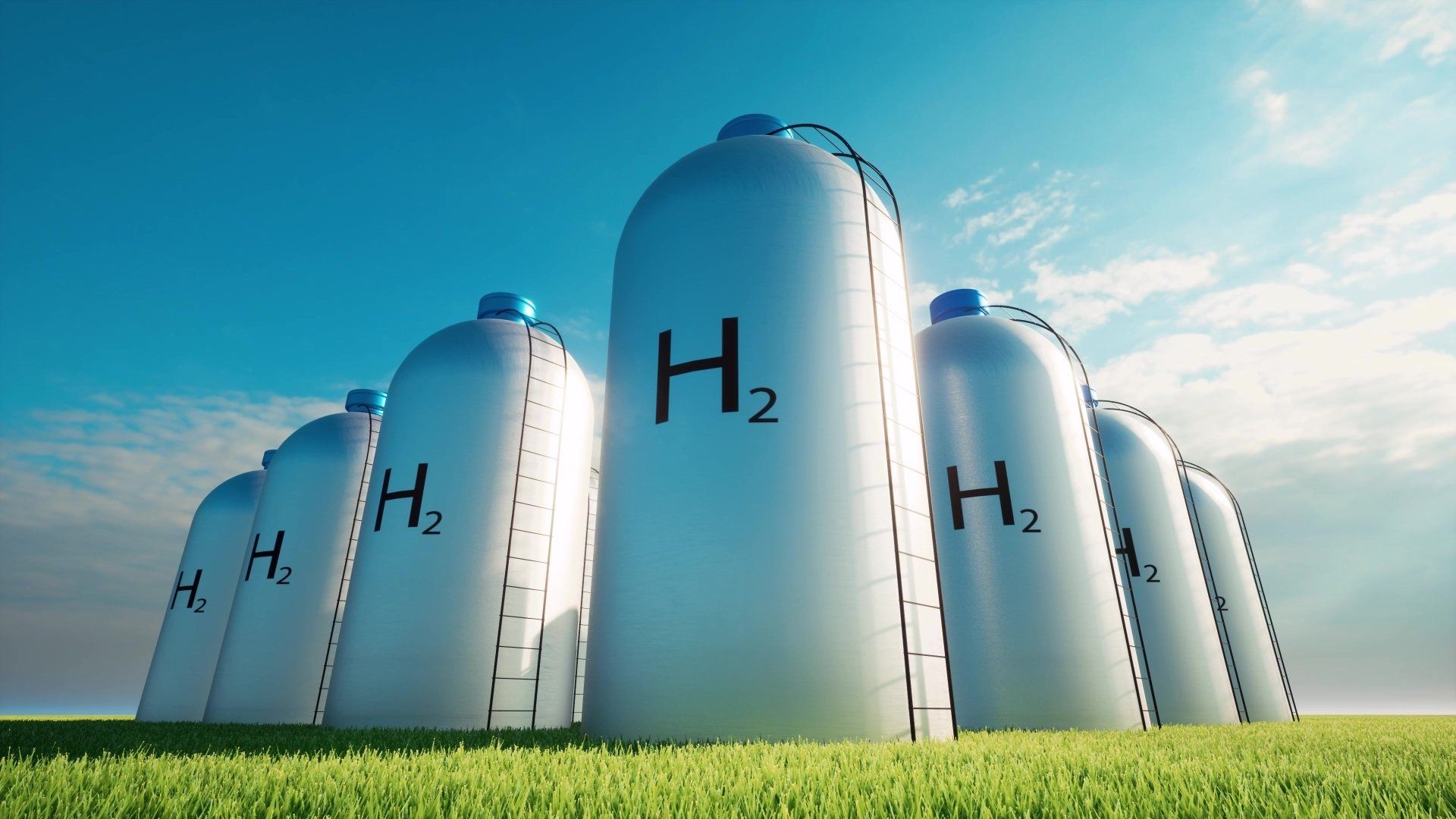Sailing towards green hydrogen
Nobody disputes the fact that decarbonizing marine transport is a necessity although there may be no lasting solutions for it. That said, there are many options for limiting the use of fossil fuels, including solar panels and sails. However, the increasingly promising alternative appears to be green hydrogen. Let’s have a look at the situation.
In addition to being an excellent fuel, hydrogen is the most abundant chemical element in the universe. It is contained in the stars in the form of gas or plasma and, indeed, the light coming to us from them and the sun – our nearest star – is powered by this element. On Earth, hydrogen is similarly abundant and well known to transport means: it was used to propel those zeppelins that used to glide through the sky, it also powered automobiles and currently moves spaceships (almost always in combination with other gases).
These days, shipping is turning its attention to this element. Why? It is
a highly effective fuel that only emits steam
and, consequently, leaves no waste in the air, as is the case with coal and petrol. The question then is: why haven’t we resorted to its use before?
Extracting hydrogen from water in a clean and cost-effective way
It is true that hydrogen is abundant on Earth but not in the form of gas (H2) because it is so light it escapes gravity. The naturally occurring hydrogen at our disposal is found, in the main, in water, combined with oxygen. Extracting it is quite simple using electrolysis. This process separates the compounds with the aid of electricity. Quite simple… in principle. Because, so far, obtaining hydrogen in large quantities has not been either simple or cheap, as, in order to obtain it, electricity from conventional and contaminating sources has been used.
Up to now. Because the race towards so-called green hydrogen has started in the quest for solutions. Green hydrogen is what is obtained using the same electrolytic process but using electrical energy from renewable sources. As a result we are dealing with a fuel that
is obtained without emitting contaminants and whose use is likewise clean. For the time being, it is still an expensive product, but the revolution in renewables is quickly making its production costs cheaper and, very recently, a
discovery at the National University of Singapore points to new and interesting perspectives.
All the advantages of green hydrogen
The push for green hydrogen is more and more evident, particularly with regard to transport, the polluting segment hardest to transform. The reason why focus is put on it is that, apart from being a clean product from start to finish, it offers interesting advantages:
- If it is kept in the form of gas, it can be transported through the same conduits currently used by natural gas.
- It can be transformed into synthetic fuels for ships and airplanes. Similarly, it can be transformed into electricity or power hydrogen batteries.
- It is easy to store and tremendously versatile.
Transforming maritime transport
For maritime transport, the companies committed to sustainability have so far chosen natural liquefied gas (LNG) as their fuel. CMA CGM is one of them and, just two years ago, it set a world record by placing 20,723 full containers on one of its megaships propelled by LNG.
Despite the advantages implied by LNG, expectations around hydrogen continue to grow. First of all, we witnessed the research backed up by public entities. For example, in Norway, they studied liquid nitrogen for ships and are now studying the feasibility of developing an international hydrogen supply chain. Then came the private initiatives, some of them as important as the ones announced by Maersk. The major shipping line recently published that it was going to launch a project for producing green methanol (a derivative of hydrogen) in Spain, for use in its ships. It aims at not only drastically reducing the CO2 footprint of its transport but eliminating the dependence on the ups and downs of the market of its business by producing its own fuel.
Up till now, Europe has been the geographical area where green hydrogen has gained the greatest momentum, though it is not the only one. Costa Rica is one of our neighbors in the south with a clear commitment to this resource and, in Mexico,
the first steps are already being taken for its production. The timeline for maritime trade is to reach neutrality in 2050. Green hydrogen would seem a sound way to achieve that.



